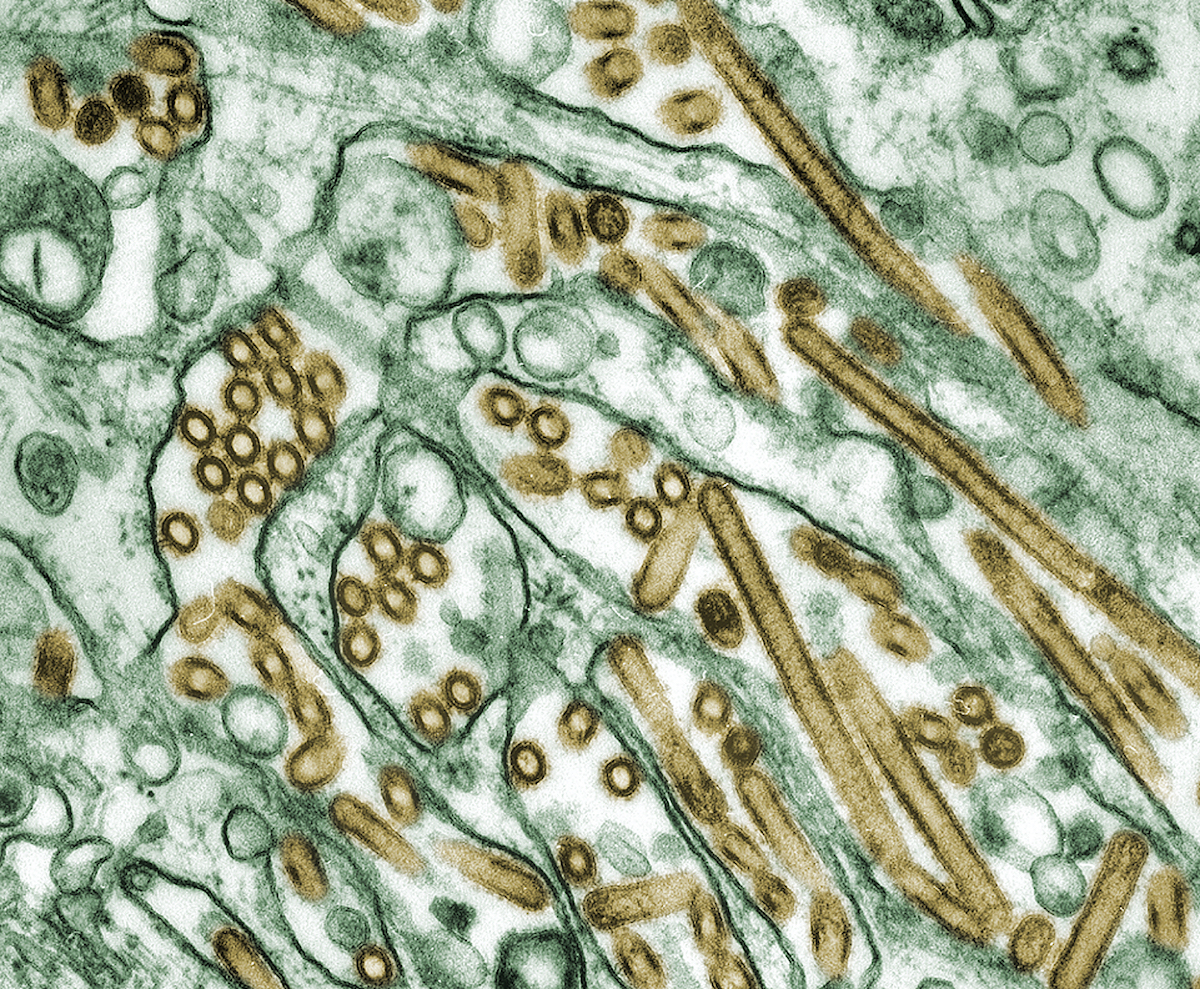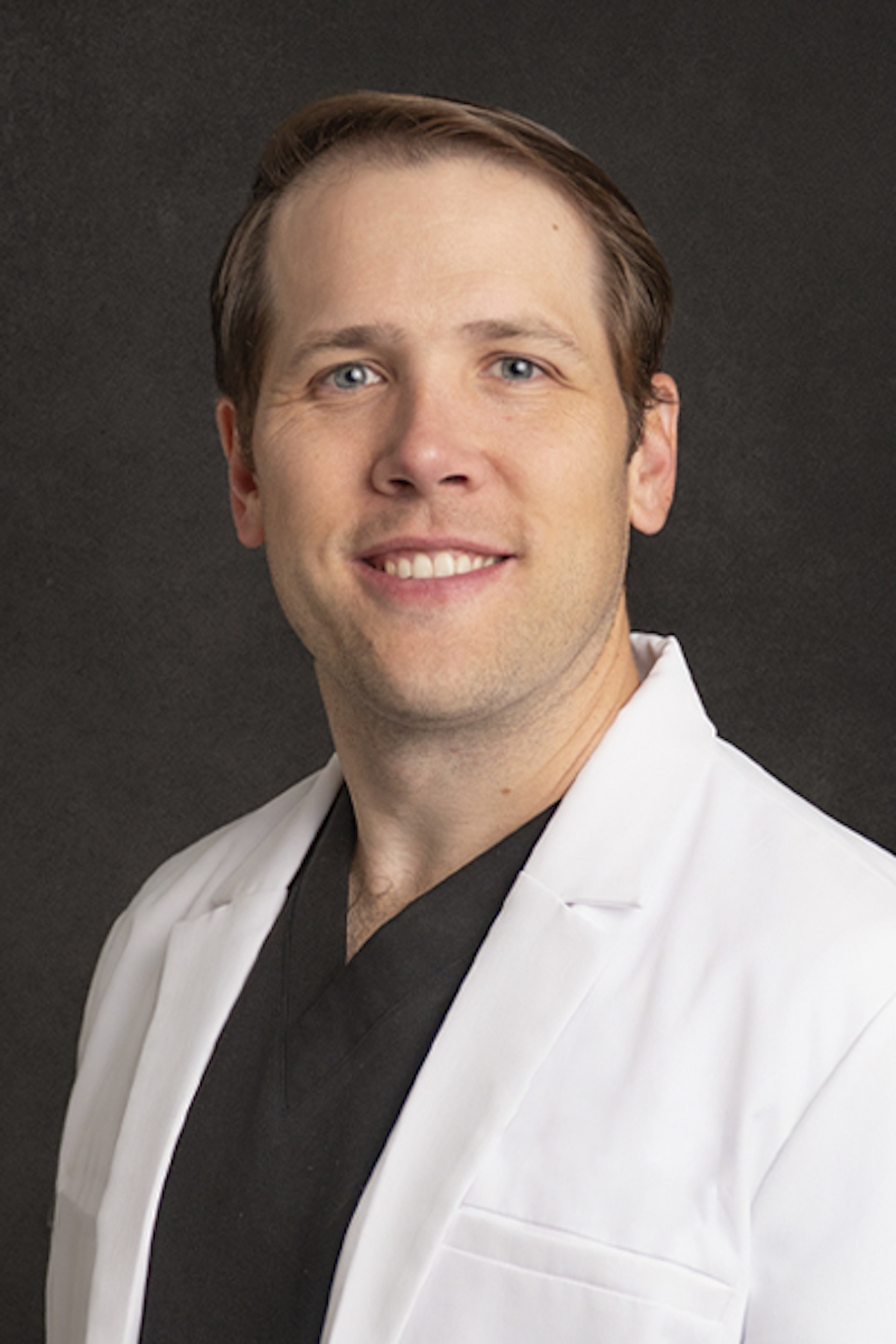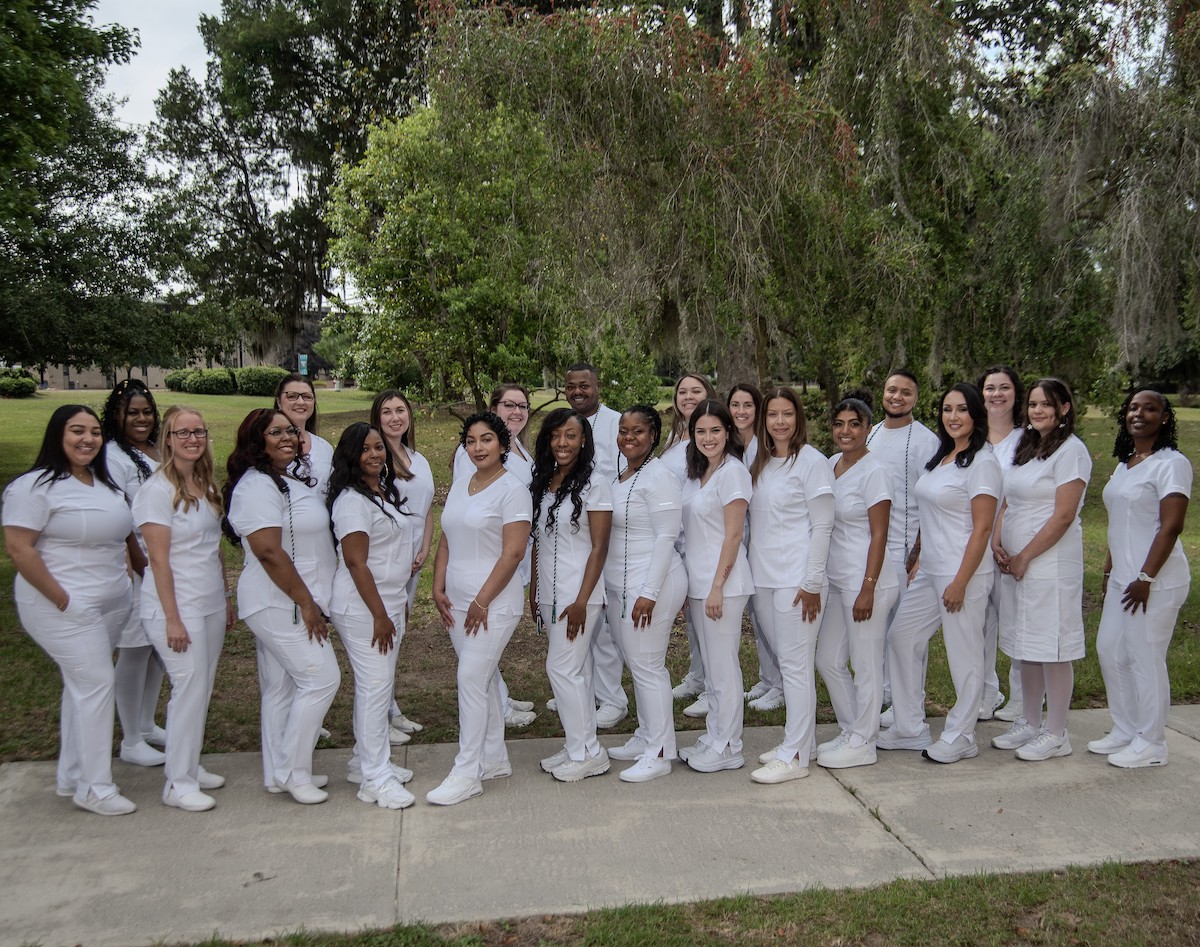Food is the best medicine: fighting gum disease
By Alvin H. Danenberg, DDS
About 10,000 years ago, the age of civilization began. With it, grain agriculture emerged. The seeds of grasses were cultivated and then processed into flour. Flour could feed the masses. But, flour was an acellular carbohydrate.
What’s the big deal with acellular carbohydrates?
All of our plants are made up of cells that have cell walls. When we eat plants, our digestive system naturally breaks down these cell walls and utilizes the nutrients of the entire cell. When man places unnaturally high pressure and heat on plant cells, the cell walls are destroyed and the resulting product is a highly condensed substance without cell walls. These are acellular carbohydrates.
Man took the seeds of grasses, destroyed their cell walls, and created an acellular carbohydrate called flour. Many of the original nutrients within the natural cell were lost. Sugary foods also were processed into acellular carbohydrates. As these processed carbohydrates became com-mercialized, many varieties of carbohydrate-dense foods were created. These dense, acellular carbohydrates have played havoc on our digestive systems ever since.
Today, most Americans eat dense, acellular carbohydrates at every meal and for every snack. Foods that contain 23% or less carbohydrate density are more easily handled by our digestive system; foods that contained more than 23% carbohydrate density can cause chronic inflamma-tion and chronic disease.
Here are summaries of two papers that demonstrate how our food can be our best medicine.
Scientific Paper #1:
An experiment was reported in the Journal of Periodontology in 2009. Ten individuals were al-lowed to eat whatever they could fish, forage, and cook over a course of four weeks. They only were given some basics of whole, unprocessed foods to start off. They could not practice any oral hygiene. At the beginning of the study, bacterial cultures were taken from their tongues, dental plaque, and gum pockets along with recordings of pocket depths and points of gum bleeding. At the end of four weeks, the researchers discovered that the plaque levels had in-creased in both volume and varieties of bacteria. However, they were surprised that the species of bacteria were not virulent and that pocket depths as well as bleeding points decreased signif-icantly. In essence, these individuals ate nutrient-dense whole foods, didn’t practice any oral hygiene, and their signs of gum infection decreased.
Scientific Paper #2:
In this other paper, researchers summarized results of 37 clinical studies to determine the actual nutrients that assisted in periodontal healing after surgery or assisted in overall periodontal health. Here are the nutrients most often associated with gum health:
- Vitamin D (primary source: the sun; dietary sources: fatty fish, pastured eggs)
- DHA (dietary sources: oily fish like salmon, sardines, anchovies)
- Low ratios of omega-6 fatty acids to omega-3 fatty acids (In the US the ratio is about 30:1, but in healthy societies it is closer to 1:1)
- Low processed carbs and high fibers (dietary sources: fruits and vegetables)
- Calcium (dietary sources: bones and bone broth, dark leafy greens, canned salmon with bones)
- Magnesium (dietary sources: Swiss chard, spinach, pumpkin seeds, Brazil nuts, raw cocoa)
- Vitamin C (dietary sources: broccoli, citrus)






